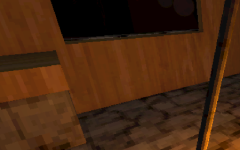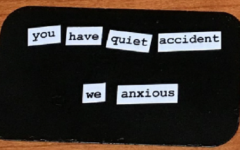Advertisement
PEASANT NIGHTMARE
Advertisement

Peasant Nightmare begins with the simplicity of a quiet morning on the farm, the kind that should be filled with nothing more than routine work and the comfort of familiar surroundings. You wake to a landscape that feels unchanged—fields stretching into the distance, tools neatly arranged, animals moving slowly in their pens. Yet, from the moment you take your first steps, there is an unshakable feeling that something is wrong. The air feels heavier, the silence lingers too long, and every corner of the farm seems to be holding on to a secret you are not yet meant to know.
A Day That Slips Out Of The Ordinary
Your chores begin like any other day—tending the crops, feeding the animals, and keeping the farm in order. However, as the hours pass, the normal rhythm starts to feel fractured. The stillness is no longer peaceful; it’s unsettling. Objects are not where you last left them, faint noises come from places that should be empty, and the distance between tasks feels longer than it should. Peasant Nightmare draws you in with this gradual shift, using the ordinary as a stage for subtle dread.
Key Features You Will Encounter
- Routine farming tasks with an underlying tension
- Exploration of a pixel-style medieval environment
- Clues and hidden objects scattered across the farm
- A secret weapon that can alter the ending
- Two possible conclusions depending on your discoveries
Shadows Beneath The Familiar
It’s during your exploration that the true nature of the farm begins to reveal itself. Small disturbances in the ground lead you to a buried chest, hiding a weapon unlike anything else in your possession. Its presence changes everything, hinting at dangers yet to be faced. From this point on, every movement feels deliberate, as if the land itself is guiding—or warning—you. What was once your home now feels like territory you must reclaim, step by cautious step.
A Short Tale That Stays With You
Though Peasant Nightmare can be finished in a single sitting, it lingers in memory much longer. The quiet, low-resolution visuals and minimal soundscape create an atmosphere where the smallest detail feels important. Even after reaching the end, whether you find the secret conclusion or not, the feeling of unease remains. It’s a brief but memorable glimpse into how the ordinary can hide something deeply unsettling.




















































































































































